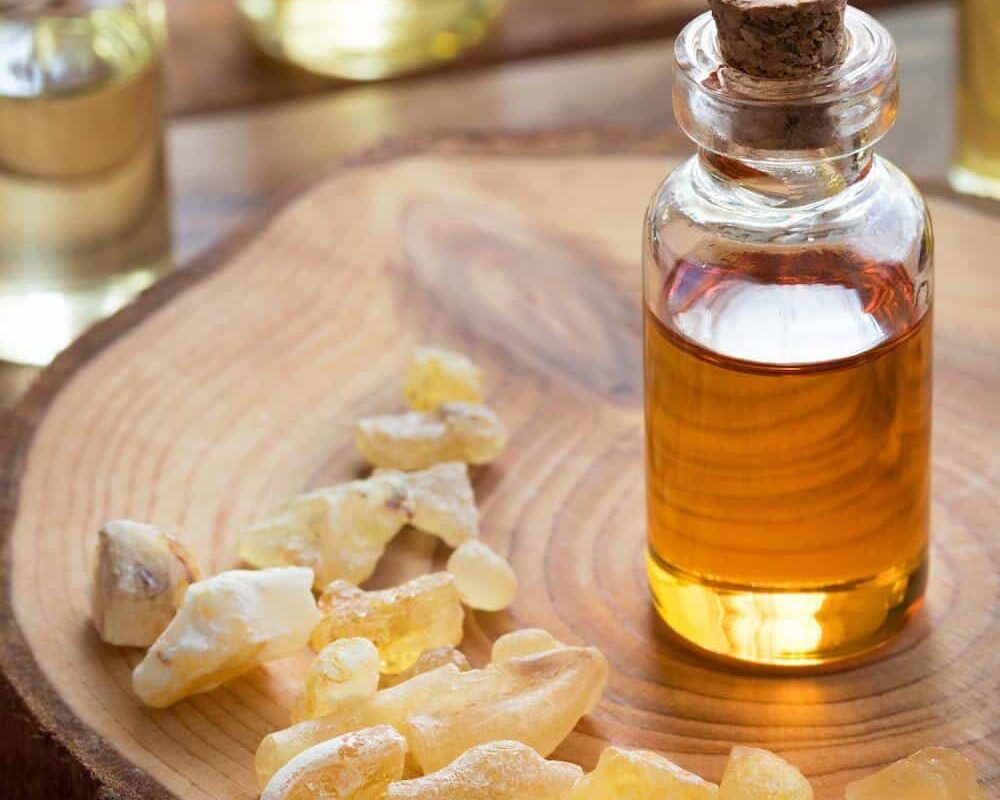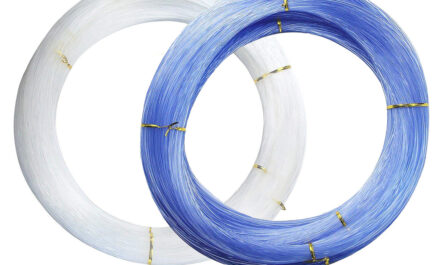Ancient Aromatic Resin With Modern Uses
Frankincense, also known as olibanum, is an aromatic resin obtained from trees of the genus Boswellia. These trees are found in the drylands of Somalia, Ethiopia, Oman, Yemen, India and other parts of Asia. For thousands of years, frankincense extracts have been renowned for their fragrance and used in religious ceremonies as incense. In recent times, research has revealed a variety of promising health benefits of frankincense extracts.
Chemical Composition
Frankincense resin contains a variety of active chemical compounds including terpenes, oxides, acids, alcohols and esters. The main components are boswellic acids such as α-boswellic acid (AKBA), 11-keto-β-boswellic acid (KBA) and acetyl-11-keto-β-boswellic acid (AKBAC). These boswellic acids are responsible for many of the medicinal properties linked to frankincense extracts. Other compounds include pentacyclic triterpene acids, lupeol, beta-sitosterol, and fragrant sesquiterpenes like incensole and incensole acetate.
Anti-Inflammatory Effects
Extensive research done on animal and human models has shown that frankincense extracts have potent anti-inflammatory properties superior to drugs like ibuprofen. Boswellic acids work by inhibiting the 5-lipoxygenase (5-LOX) and cyclooxygenase (COX) enzymes. 5-LOX enzymes produce leukotrienes that are mediators of inflammation, while COX enzymes produce prostaglandins that trigger pain and swelling. By blocking these pathways, frankincense extracts help reduce inflammation in conditions like arthritis and asthma. Boswellic acids also inhibit leukocyte elastase released by inflammatory cells and block cytokines like TNF alpha and IL-6 from reaching inflammatory levels.
Pain Management
Due to its anti-inflammatory actions, frankincense extracts effectively manage pain from various causes. Clinical trials have found it as effective as NSAIDs in reducing joint pain from osteoarthritis and other forms of arthritis without any side effects. Boswellic acids seems to decrease inflammatory mediators like substance P associated with pain sensation in the central nervous system. Use of topical formulations containing frankincense essential oil provide relief from muscle and rheumatic pains. Many studies found it beneficial for lower back pain that arises from muscle tension and strain.
Asthma and Respiratory Conditions
With its ability to inhibit 5-LOX enzyme pathways and reduce leukotriene production, frankincense extracts help improve lung functions in respiratory conditions like asthma. Studies show it widens constricted airways, prevents mast cell activation that triggers asthma attacks and reduces symptoms like coughing, wheezing and breathlessness. Regular use may even prevent future asthma attacks. Frankincense also fights respiratory infections as it has antimicrobial properties and thins excess bronchial secretions in conditions like bronchitis or emphysema. Boswellic acids account for these beneficial effects.
Anti-Cancer Properties
Preliminary research hints that compounds in frankincense extracts may suppress cancer development and progression by inducing cell apoptosis and cell differentiation in cancer cells. Boswellic acids prevent angiogenisis and tumor growth by inhibiting VEGF (vascular endothelial growth factor). Test tube and animal research shows that these compounds are selectively cytotoxic to various cancer cell lines like leukemia, colon, breast, prostate, ovarian and inhibits tumor growth without harming normal cells. However, more clinical human trials are still awaited to establish a definitive role against cancer.
Other Benefits
– Skin and Gut Health: When used topically or taken orally, frankincense may protect and soothe skin conditions like dermatitis, acne and improve wound healing. It also aids digestion and relieves gut issues as boswellic acids can treat ulcerative colitis.
– Brain Health: Compounds like AKBA protect neurons and reduce neurological inflammation which may benefit conditions like Alzheimer’s, Parkinson’s and epilepsy.
– Immunity Boost: The antiseptic, anti-microbial and antiviral effects help fight pathogens and boost immunity. They may also alleviate stress and induce relaxation.
– Aging: By preventing collagen breakdown and scavenging free radicals, frankincense may delay skin aging and reduce age-related cognitive decline.
Thus, frankincense extracts offer powerful medicinal advantages through its complex mixture of active ingredients like boswellic acids that balance immunity, reduce inflammation and showcase neuroprotective and chemoprotective abilities. More research is still ongoing to fully exploit their pharmacological benefits for many other illnesses.
Preparations and Consumption
Traditionally, frankincense resin or “gum” is heated until melted and hardened to make small lumps of a thick sticky liquid. It can be directly applied topically, burned as an incense or taken orally. For oral use, the resin lumps are dissolved in water or milk to make a decoction that provides about 60-100 mg boswellic acids per dosage.
Nowadays, standardized frankincense extract supplements are widely available in capsule, tablet or liquid forms which provide quantified amounts (usually 30-60% boswellic acids) of the resin’s beneficial compounds. As per safety studies and traditional recommendations, for relief of joint pain or arthritis, one can take 100-300 mg twice daily of an extract standardized to at least 30% boswellic acids. In asthma or allergies, taking 75-150 mg thrice daily is adequate. Always follow product label instructions and consult a healthcare practitioner for proper guidance on dosage and usage. No serious side effects are known when frankincense is taken orally as a medicine.




